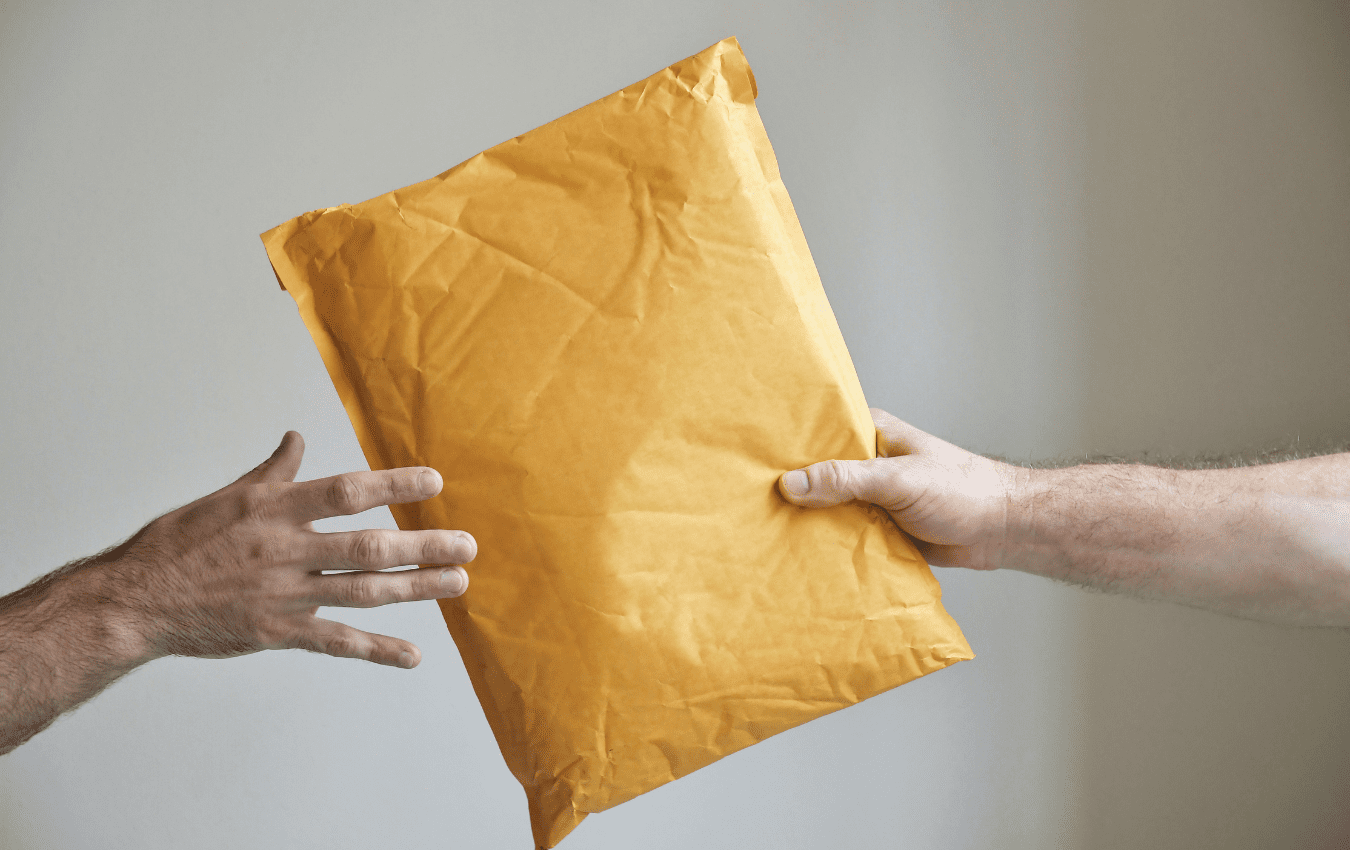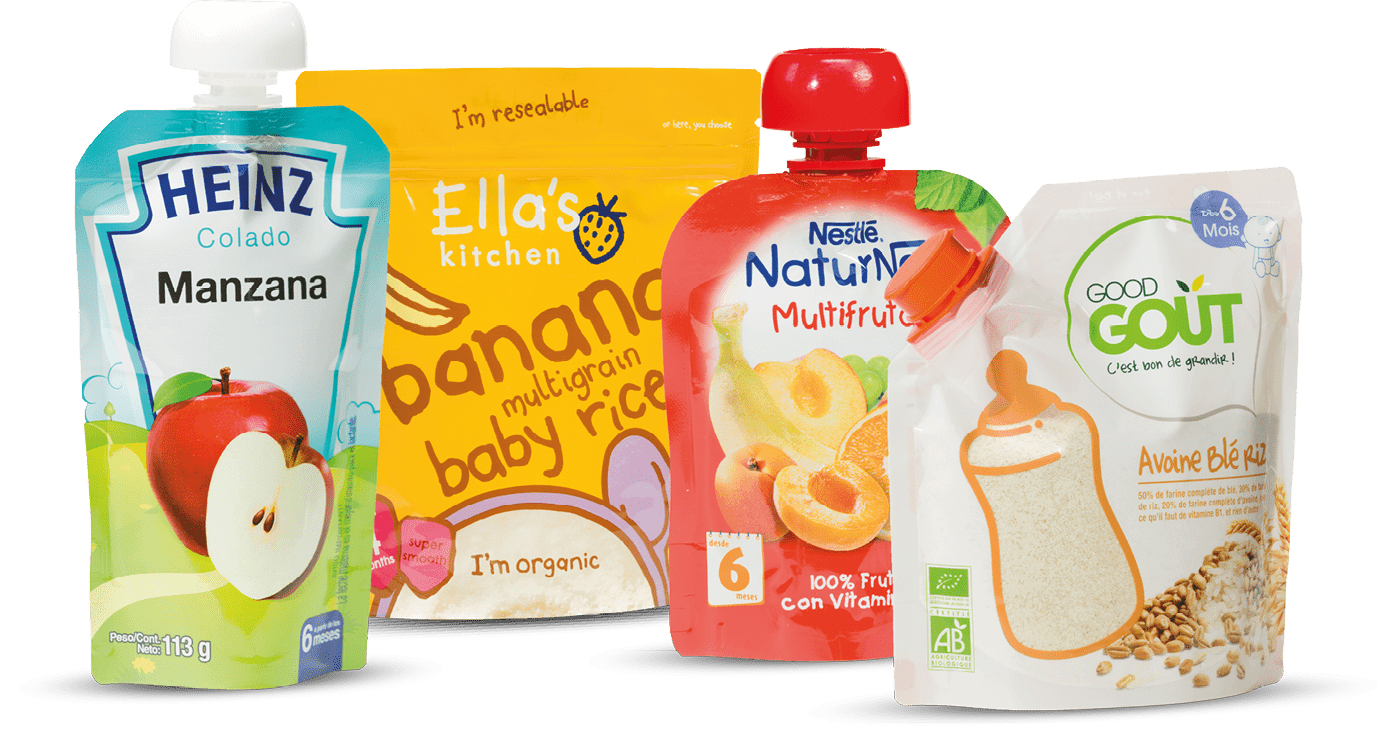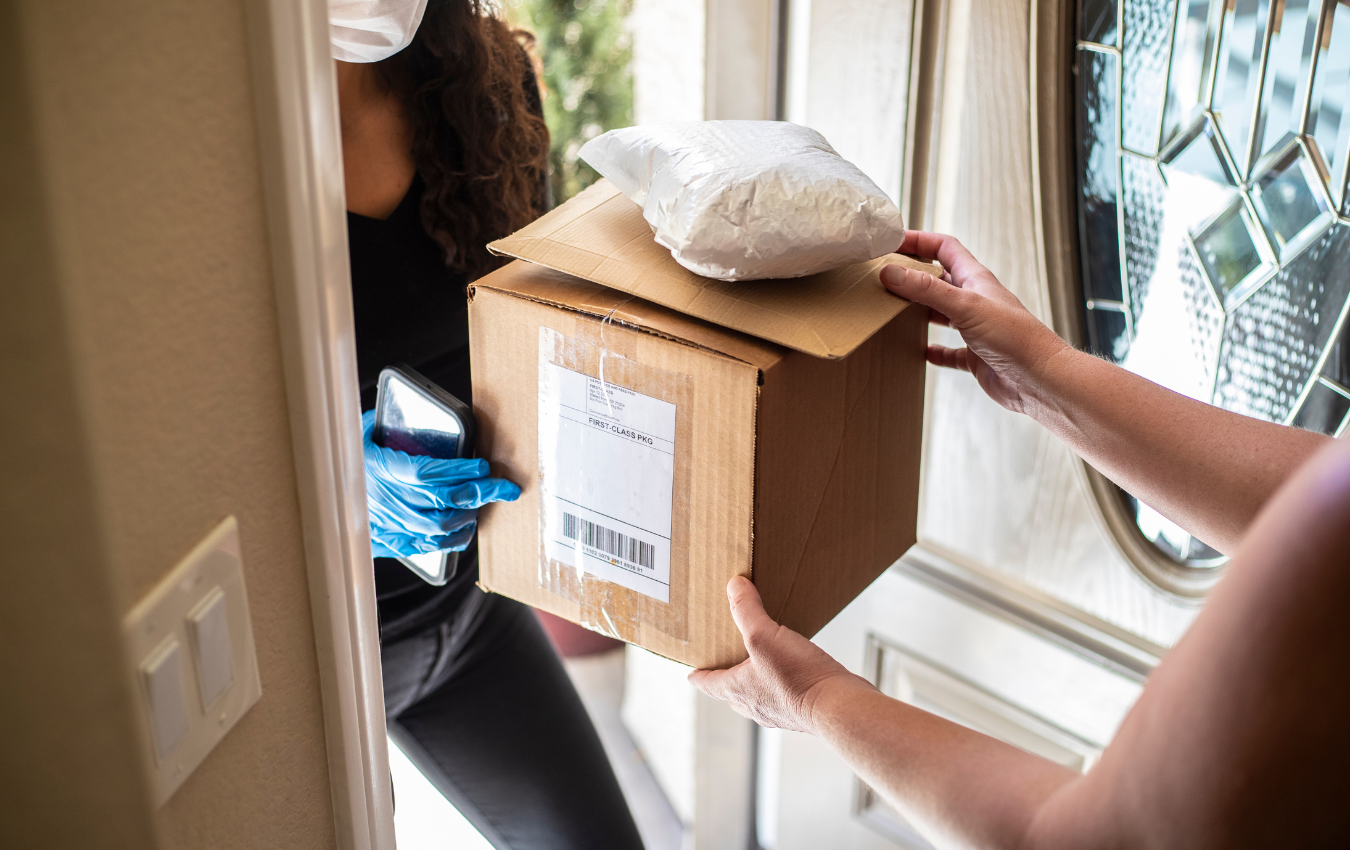Home » How to Reduce Waste with Flexible Packaging: A Comprehensive Guide
How to Reduce Waste with Flexible Packaging: A Comprehensive Guide

It’s no secret that we’re living in an era characterized by the urgent need for environmental sustainability. With escalating concerns about the waste generated by traditional packaging, it’s essential that businesses and consumers alike pay keen attention to the kind of packaging they use. One practical solution emerging as a frontrunner is flexible packaging.
This blog post will delve into the innovative world of flexible packaging and illustrate how it can contribute significantly to waste reduction. It’ll also explore the potential of flexible packaging to lead the packaging industry toward sustainability.
Understanding Flexible Packaging
Before we dive into the specifics of waste reduction, let’s first understand what flexible packaging entails. At its core, flexible packaging refers to any packaging type that can easily change shape when filled with a product or after the product is removed. These include pouches, bags, films, and envelopes. Flexible packaging materials are often lightweight, which reduces shipping weight, and can be manufactured using fewer materials, which can reduce resource consumption.
How Flexible Packaging Reduces Waste
Flexible packaging, by its very nature, offers multiple avenues through which waste can be reduced. Here are a few:
Efficient Use of Materials
Unlike rigid packaging, flexible packaging uses significantly fewer materials. By using less, we naturally produce less waste. Flexible packaging often involves thinner and lighter materials, which also require less energy for production and transport, contributing to lower carbon emissions.
Product Protection and Preservation
Flexible packaging offers excellent product protection, reducing the chances of product damage during transit. It also provides superior barriers against moisture, light, and oxygen, which enhances product shelf life. By reducing spoilage and product damage, flexible packaging reduces waste associated with unsold or unusable goods.

Optimized Logistics
The lightweight and compact nature of flexible packaging means more products can be transported in one go. This efficiency reduces the number of trips needed, thus reducing fuel consumption and carbon emissions.
Best Practices for Implementing Flexible Packaging
Knowing that flexible packaging can reduce waste is one thing, but successfully implementing it in your business is another. Here are a few tips:
Understand Your Packaging Needs
First, identify your specific packaging needs. Consider the nature of your product, its shelf life, and how it’s typically transported. These factors will help you choose the most appropriate type of flexible packaging.
Work With a Reputable Manufacturer
Ensure you’re working with a reputable flexible packaging manufacturer who values sustainability. They should be able to provide you with the best materials for your needs and offer advice on how to maximize waste reduction.
Educate Your Consumers
Make sure your consumers understand the value of flexible packaging. Educate them on how to properly dispose of the packaging or, if possible, reuse it.
The Future of Flexible Packaging
The benefits of flexible packaging extend beyond waste reduction. With continued technological advancements, the industry is working towards even more sustainable options. Innovations like compostable and biodegradable flexible packaging are paving the way for a future where packaging can be both convenient and kind to the planet.
If you are interested in flexible packaging, then partner with Brown Packaging today to get started.
RSC boxes are known for their efficiency and versatility, but their performance ultimately comes down to strength. Buyers often see numbers like ECT, BCT, and
In packaging, foam isn’t just about initial protection — it’s about maintaining performance over the entire shipping or storage cycle. Compression set and recovery characteristics
Pouches are a go-to for flexibility and convenience, but they can fail in critical ways—from poor seals to punctures and delamination—that hurt performance and brand
In the retail environment, the placement of Point of Purchase (POP) displays is just as critical as their design and content. Strategic positioning can significantly
Choosing the right foam density isn’t about “soft” versus “hard” — it’s about controlling shock transmission and matching the foam’s cushioning curve to the product’s
Moisture resistance and dimensional stability are critical performance factors for custom inserts, especially when products are shipped or stored in variable climates. Both foam and
Home » How to Reduce Waste with Flexible Packaging: A Comprehensive Guide

In the world of logistics and product distribution, packaging shippers play a crucial role. They are the backbone of ensuring that products reach their destination

SO 9001:2015 is a globally recognized certification for quality management systems (QMS). To earn certification, companies must demonstrate the ability to consistently provide products and

When it comes to shipping bikes, selecting the right type of corrugated box is essential to ensure product protection, ease of handling, and cost efficiency.


